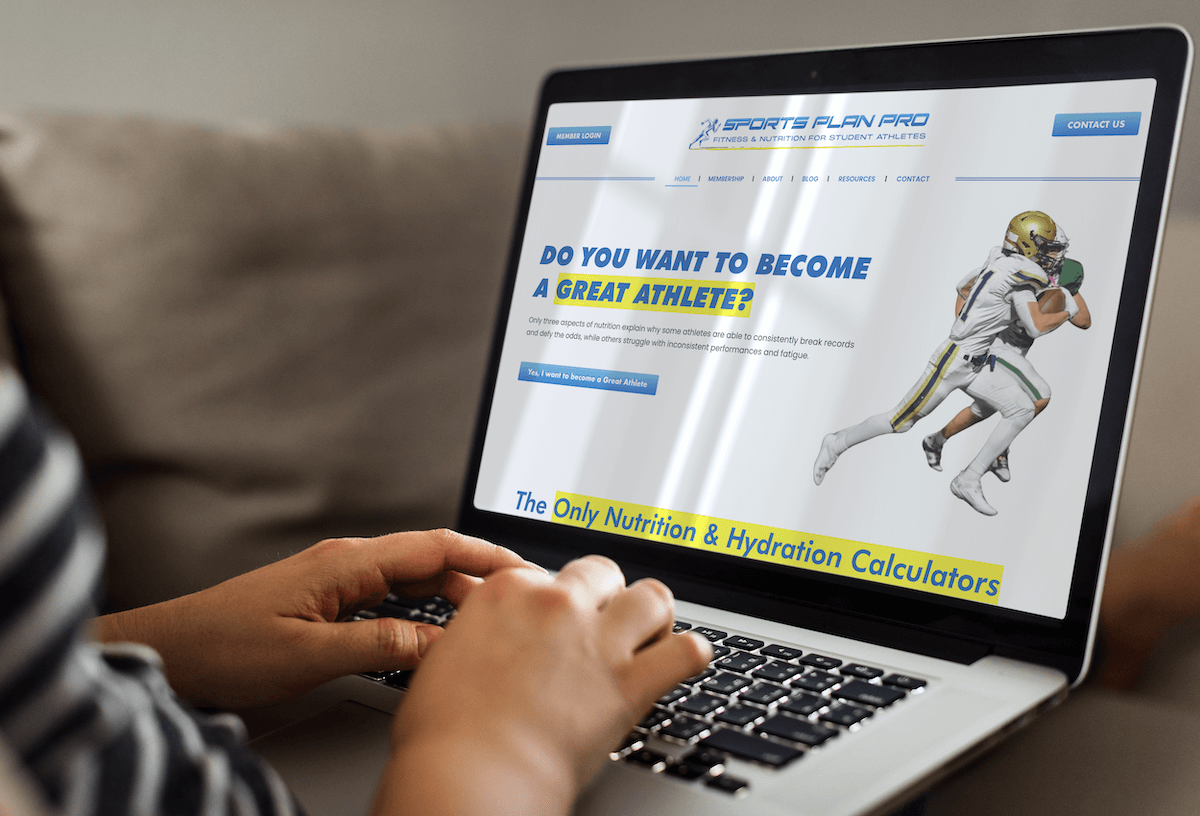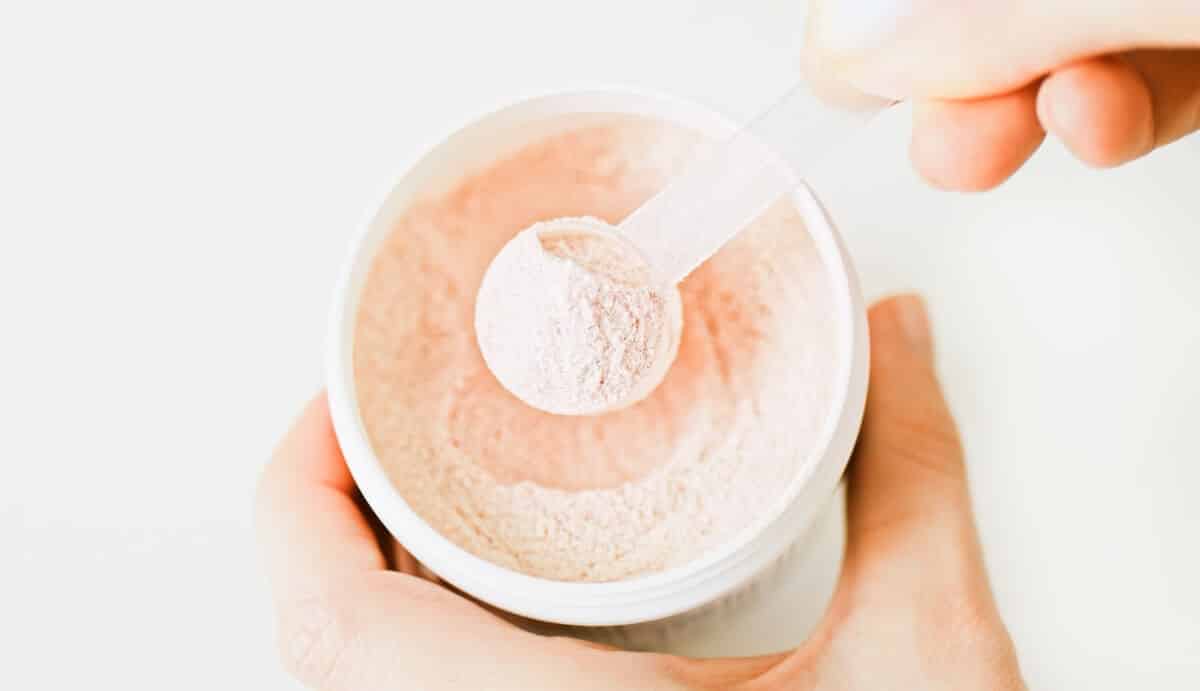By Taylor Wallach, RD, CDN, CSCS, ACE-CPT
Eating disorders are serious mental illnesses with physical (and sometimes life-threatening) consequences. They affect people of all backgrounds but often begin during adolescence, a time marked by rapid physical growth, changing identity, and increased social pressures. According to recent data, millions of teens in the U.S. are affected by eating disorders, and the numbers are rising [1].
Among the many influences that shape teen behavior, social media plays a powerful and growing role especially in how young people view food, fitness, and body image.
Why Teens are at Risk
Today’s teens are growing up in a world saturated with messages about body image, performance, and health. With over 90% of adolescents using at least one social media platform [2], it is highly likely they are being exposed to content normalizing disordered behaviors, unrealistic standards, or unproven trends. These messages often reach teens before they’ve developed the tools to evaluate them critically.
In fact, studies have shown that social media use is linked to increased disordered eating behaviors [2] and that the risk of developing an eating disorder increases with teens specifically following health and fitness-related social media accounts [3].
As a result, eating disorders are becoming more common, with diagnoses now occurring at younger ages [1]. Teen athletes are especially vulnerable; research has shown that disordered eating is particularly prevalent among those competing in endurance and weight-sensitive sports like swimming, running, and martial arts, where maintaining a lower body weight is often perceived as essential for success [4]. In one study, adolescent athletes involved in these “lean non-aesthetic” sports were found to be at significantly higher risk (up to 11 times more likely to exhibit signs of eating disorders) compared to their peers in other types of sports. Factors contributing to this include performance-related body ideals, exposure due to form-fitting uniforms, and weight-based expectations from coaches or peers [4]. The risk was especially high among adolescents competing at national levels, with over half meeting criteria for disordered eating behaviors [4].
As previously mentioned, social media has a powerful influence on teens, especially regarding fitness and nutrition. Unfortunately, many influencers lack the necessary qualifications and often promote advice that isn’t supported by science. This misinformation can increase the risk of disordered eating and disordered eating-related health issues including fatigue, impaired recovery, mood disturbances, missed periods in girls, and a higher likelihood of stress fractures [5].
These risks are especially relevant for adolescents involved in competitive sports [3][4], who may easily underestimate how much they need to consume each day. As athletes transition to higher levels of competition, their nutritional requirements increase drastically. Combined with pressures from coaches, peers, and social media, this may lead to chronic under-fueling and relative energy deficiency in sport (aka RED-S) [6]. Negative body image, a common issue among teen athletes, has been widely cited as a risk factor for developing eating disorders [7].
While body positivity and neutrality movements aim to promote healthier self-image, recent research shows that exposure to this content does not necessarily protect adolescents from body dissatisfaction or eating disorder risk [8].
Eating Disorder Prevention
There is no one cause for developing an eating disorder, as these conditions are influenced by a combination of genetics and environmental factors [1]. Still, there are several ways to reduce the risk of these conditions among teen athletes, starting with education, positive role modeling and inclusive language, and early identification and intervention.
Specifically, this should highlight the importance of proper nutrition, sufficient rest, and adequate energy intake in enhancing athletic ability and physical growth. When athletes learn how fueling their bodies effectively impacts strength, endurance, and recovery, they gain a better understanding of how to maintain their health throughout training and competition. As a result, they may be less likely to turn towards disordered (and often normalized) behaviors.
Secondly, teen athletes are not immune to the harmful messaging that circulates in sports culture, social media, and everyday conversations – messages that often glorify restriction, idolize certain body types, or equate worth with appearance. These ideas can stick, even when unspoken, shaping how young athletes view food, training, and themselves for years to come. Coaches and parents play a crucial role in shaping this environment by modeling healthy attitudes and using positive, inclusive language that encourages a balanced relationship with food, exercise, and self-image.
Finally, early identification and intervention for athletes showing signs and symptoms of eating disorders can improve outcomes and help prevent serious health consequences [3]. Recognizing warning signs, such as drastic changes in eating habits, excessive exercise, mood shifts, or physical symptoms, allows coaches, parents, and healthcare professionals to provide timely support.
Enter Sports Plan Pro
Sports Plan Pro offers evidence-based fitness and nutrition guidance specifically designed to support teen athletes in developing healthy, sustainable approaches to performance. All educational content is created and reviewed by registered dietitians, certified eating disorder specialists, and certified strength and conditioning coaches, ensuring reliable and science-backed advice. The platform emphasizes proper fueling to support training, recovery, and growth, moving away from restrictive eating or appearance-focused goals. By using a comprehensive, individualized approach that considers factors such as age, sport, training intensity, and personal goals, Sports Plan Pro delivers precise nutrition and hydration recommendations tailored to young athletes. Additionally, the program promotes inclusive, body-neutral messaging that avoids labeling foods as good or bad and fosters a positive relationship with food and body, helping teens build a mindset that supports both athletic success and emotional well-being.
References
-
Eating Disorders. www.nimh.nih.gov. Accessed September 21, 2025. https://www.nimh.nih.gov/
health/statistics/eating- disorders#part_2573 -
Nawaz FA, Riaz MMA, Banday N ul ain, et al. Social Media Use among Adolescents with Eating disorders: a double-edged Sword. Frontiers in Psychiatry. 2024;15(15). doi:https://doi.org/10.3389/
fpsyt.2024.1300182 -
Mancine R, Kennedy S, Stephan P, Ley A. Disordered Eating and Eating Disorders in Adolescent Athletes. Spartan Medical Research Journal. 2020;4(2). doi:https://doi.org/10.51894/
001c.11595 -
Borowiec J, Banio-Krajnik A, Malchrowicz-Mośko E, Kantanista A. Eating Disorder Risk in Adolescent and Adult Female Athletes: the Role of Body Satisfaction, Sport type, BMI, Level of Competition, and Training Background. BMC sports science, medicine & rehabilitation. 2023;15(1). doi:https://doi.org/10.1186/
s13102-023-00683-7 -
National Eating Disorders Association. National Eating Disorders Association. Nationaleatingdisorders.org. Published 2023. https://www.
nationaleatingdisorders.org -
Mountjoy M, Ackerman KE, Bailey DM, et al. 2023 International Olympic Committee’s (IOC) Consensus Statement on Relative Energy Deficiency in Sport (REDs). British Journal of Sports Medicine. 2023;57(17):1073-1097. doi:https://doi.org/10.1136/
bjsports-2023-106994 -
Suhag K, Rauniyar S. Social Media Effects regarding Eating Disorders and Body Image in Young Adolescents. Cureus. 2024;16(4). doi:https://doi.org/10.7759/
cureus.58674 -
Sanzari CM, Gorrell S, Anderson LM, et al. The Impact of Social Media Use on Body Image and Disordered Eating behaviors: Content Matters More than Duration of Exposure. Eating Behaviors. 2023;49(101722):101722. doi:https://doi.org/10.1016/j.
eatbeh.2023.101722








